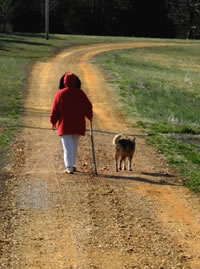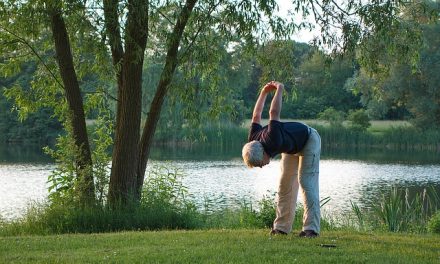There are good reasons why walking is America's most favorite workout: It doesn't require a gym membership; it is more fun than riding a stationary bike; and it's more convenient than going to a public swimming pool.
Unfortunately, many people think that walking is too easy to make any difference. Studies show, however, that regular exercise - such as walking - reduces the risk of heart disease, stroke, diabetes and some types of cancer.
To help you begin a walking program, here are answers to some common concerns that may trigger procrastination.
What if I haven't been exercising regularly? First, check with your doctor before starting any exercise program, especially if you are over age 40. Then begin with a relaxed, 10-minute walk around the block. Each week, gradually increase your speed and time, until after 10 weeks or so you are walking a total of 30 minutes a day at a brisk pace. If you can, continue to work toward an hour a day in total time spent walking.
I'm a slow walker. How can I walk faster? If you swing your arms faster, you'll walk faster because your arms and legs move in sync. Bend your elbows at a 90-degree angle to swing them faster, but don't swing them higher than chest level.
Also try to push off with the balls of your feet and take quicker steps, instead of lengthening your stride. Your body will naturally choose the stride that works best for you. To prevent physical discomfort, maintain an upright posture, with your head, shoulders, hips, knees and feet vertically aligned.
Another way to increase the benefit of your workout is to increase the intensity. Try moving on grass, walking uphill or occasionally breaking into a short jog.
What shoes should I wear? Any good pair of shoes is suitable for walking, as long as they feel comfortable to you. Proper fit, however, is crucial.
When buying shoes, wear socks that you will use for walking. Also try to shop late in the day because your feet can swell throughout the day. Lastly, along with the length and width of the shoes, check the toe space. You should be able to move your toes without restriction.
How can I keep my workout interesting? There are many ways:
- Walk with other people or a dog.
- Bring a portable CD or tape player to listen to music or recorded books (but be careful when crossing streets).
- Use the time to plan, solve problems or meditate.
- Wear a pedometer, which counts your steps. Or vary the route you take.










